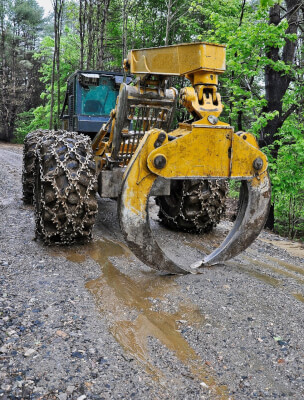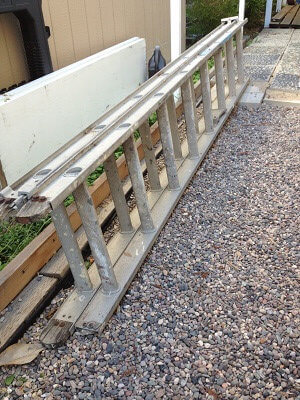(Part Three of a series aimed at neighborhood or workplace teams)
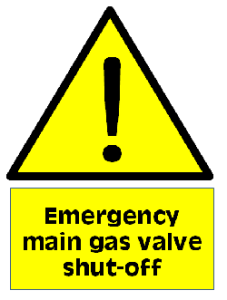
Where and how?
“OMG, I smell gas!”
In the first two segments of this special article we talked about where gas lines run, why they leak and how to recognize a leak. Now, let’s talk about what to do if you actually discover a gas line leak!
What to do depends in large part where you find the leak.
When you discover a gas line leak in the home
Don’t forget Rule #1. If you detect a STRONG smell of gas in your home, leave the house immediately. Do not do not switch on or switch off lights or appliances. Do not make a telephone call from within the house. Do not start the car. When you are at a safe distance, now call 911 and/or your utility to report the smell.
What’s most likely, though, is that you will get a weak smell of gas. In that case, remain calm. Think.
You may be able to solve this problem yourself and safely.
Possibility #1. Pilot light
Nearly every home has a couple of pilot lights – usually in the gas furnace or water heater, gas stove or oven. The pilot light is really a “starter” flame. When you turn on the appliance, the pilot light ignites the gas coming out of the main burner.
In older appliances, the pilot light burns 24/7. In newer ones, it is turned on when needed by an electronic igniter. (You may hear a clicking sound as it activates.) Fortunately, when the pilot light goes out, it triggers an automatic shutoff valve to the gas supply. So you won’t usually smell a gas leak from this source.
However, in older systems, your pilot light could go out from something as simple as a draft or spill. If the system doesn’t have an automatic shut-off valve you would smell leaking gas.
In this case, you can attempt to relight the pilot light yourself by following instructions on the appliance. They are likely to be something like this:
- Turn off the appliance and wait at least 5 minutes for any leaked gas to dissipate.
- Be sure you know where the pilot flame is located. (It may not be near the on/off knob.)
- Turn the knob from OFF to PILOT.
- Hold down the reset button (could be the knob itself) and light the pilot light with a long match.
- Keep holding the reset button until the flame is burning steadily, maybe a minute.
- Turn the knob to ON.
If the light doesn’t stay lit, try again. If it still doesn’t work after a couple of tries, quit and call for professional help.
Tip: You can’t light an electronic pilot system using a match! If the electronic system isn’t working, be sure the appliance is turned off and call for professional help.
Action item: Check all your home appliances now, before there is any leak! See where you have pilot lights. Are they ever-burning or do they have electronic ignition?
OK, so much for pilot lights. You’ve checked, they are working, and you still smell gas.
Possibility #2. Appliance connection
Most often, if it’s not the pilot light, when you discover a gas leak in your home it will be from an appliance with poorly designed, faulty or damaged connection.
- Sniff to see if you can detect where the rotten egg smell of leaking gas is coming from.
- Coat a questionable pipe or connection with soapy water. Bubbles will appear where the leak is located.
- Look at the color of the flame on the appliance. Is it blue (good) or orange (not so good, could suggest a leak)?
- Check the outside of the appliance for soot or scorch marks.
- Do you have excessive condensation on the inside of your windows?
In these cases, if you identify the culprit appliance, get assistance from a qualified expert – probably your gas company. You may be advised to shut off the gas to the appliance, or even to the whole house. In either case that expert will have to re-set the system once the leak is repaired.
Action item: Do any of your appliances have shut-off valves? Look for them when you’re looking for pilot lights. Usually the shut-off is a handle that turns 90 degrees.
When you discover a gas line leak in a larger pipe or larger system
If you discover a gas leak in a larger pipeline or facility, move to a safe distance and notify your gas system operator or property owner and/or 911. (Review signs of a major pipeline leak in Part 2 of this series.)
Do not attempt to find the exact location of the leak, to shut off the pipeline or to fight any gas main fire. Dealing with a large pipeline leak is the business of professionals.
However, in a BIG disaster . . .
You may be called upon to shut down an entire system to protect against fire or the spread of fire.
The more you know about where gas lines run and the shut-offs on those lines, the more options you will have.
1-Building or home shut-off. In an emergency, shutting off the gas to the building likely means shutting it off at the meter. To do this, you’ll need to know where the meter is. You will also need a wrench and an understanding of the ON vs. the OFF position of the valve. Here’s a sample of what a typical home shut-off valve looks like. The shut-off consists of a rectangular piece sticking out of a round valve.

And here’s an illustration showing the ON (open) and OFF (closed) positions of the valve.

You can turn a shut-off valve using a regular crescent wrench. Or you can use a non-rusting tool specially designed for the purpose, like the one shown on the ground in the photo or the one below. (Click the image or the link to go to Amazon, where you can buy this tool — less than $15. As always, full disclosure: We are Amazon Associates and may get a commission.) In either case, you must store the tool near the valve. And you may need to stand on the wrench to get the valve to turn!


SurvivalKitsOnline 515100 On-Duty Emergency Gas and Water Shutoff 4-in-1 Tool for Earthquakes, Hurricanes, Fires, Floods, Disasters and Emergencies
Action item: Find your home and building shut-offs and place a wrench at each location. Figure out a way to attach the wrench nearby to keep it from disappearing. Suggestion: Consider a bulk purchase of shut-off wrenches for members of your neighborhood group. It’s an easy and valuable way to recognize their volunteer efforts. And it means they will be better prepared to help neighbors in an emergency.
2-Automatic valves. Some valves, such as seismic gas shut-off valves, operate automatically. They aren’t required, and many professionals don’t trust them – but you may have them on your system. Action item: Find out if any automatic valves are installed on gas lines leading to your home or in your place of work.
3-Gas main. When it comes to shutting off gas at a larger line, the shut-off may be a larger version of the wrench turn off, or it may operate with a large wheel and gear. It may be locked. Often, these valves are painted red. Action item for your group: locate the pipes and the shut-offs leading to your building or community. Larger line shut-offs may be marked with a sign like the yellow one at the start of this article. Or they may not be marked!
What procedures are in place for shutting off the gas?
As we have emphasized, shutting off the gas is a major event to be taken only with due deliberation. It will require professional assistance to get the gas turned back on again. It may take days for all gas service to be restored.
You or your group may have to make decisions about shutting off the gas. In our case, members of our community actually took official training in how to shut off the main valve. All residents have been shown how to shut off the gas to their own homes.
Questions you need to have answers to BEFORE something happens
- Who is authorized to shut off the gas?
- Which valves are they authorized to shut off?
- What training and tools do these authorized people need? Do they have what they need?
- How likely is it that authorized and trained people will be on hand in an emergency, when immediate action may be required?
With this info, you will be far more prepared in case of an emergency.
Getting even more answers
Over the years we have found that “the authorities” are loathe to share gas line information. However, as we have built up our own skills and knowledge, we have better luck at getting more. Above all, we have a better understanding of just what our role should/could be in an emergency.
One of our most effective guest speakers was a representative from the Fire Department who talked about the various gas lines in our neighborhood. (We have the usual mains and feeder lines PLUS a high-octane aviation fuel line running beside our community.) Action item: Get a speaker on natural gas safety from your own fire department or local utility. Prepare some questions in advance and send them to the speaker.
Your invitation will cause that fire official to update his or her knowledge about your neighborhood or building, as well as remind your neighbors and/or co-workers to be more alert. (In our case, the fire department speaker was NOT up to speed on gas mains that had recently been installed near us as part of a construction project!)
_______
We started this 3-part series with the question, “Are you sitting on a gas leak right now?” The question still is pertinent. We hope that by now you have a better idea of how to respond!
And one last disclaimer. We are not professionally trained experts on gas main construction, maintenance or procedures. We offer this special series for informational purposes only. Any time you consider messing with your gas supply or gas lines, we recommend that you do it with the assistance or under the supervision of professionals. Gas is inherently dangerous so treat it with all due caution.
But as emergency responders, you can’t ignore it!
Virginia
Your Emergency Plan Guide Team
Here are the three parts of this special series. Please read all three parts.
Part One: Are you sitting on top of a leaking gas line?
Part Two: Detecting a gas line leak
Part Three: What to do when you discover a gas line leak
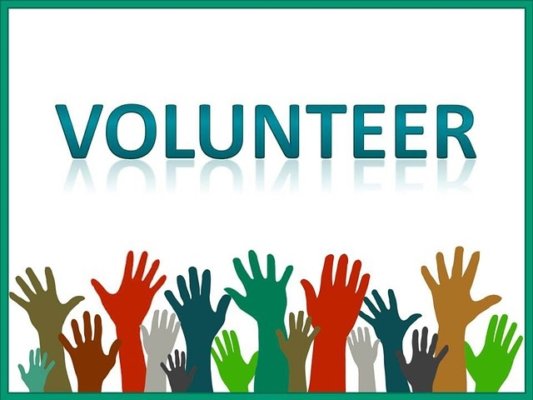



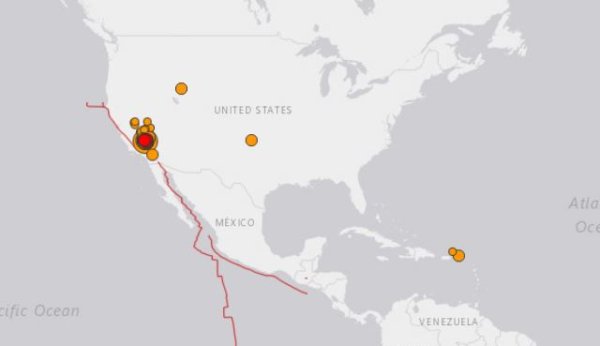


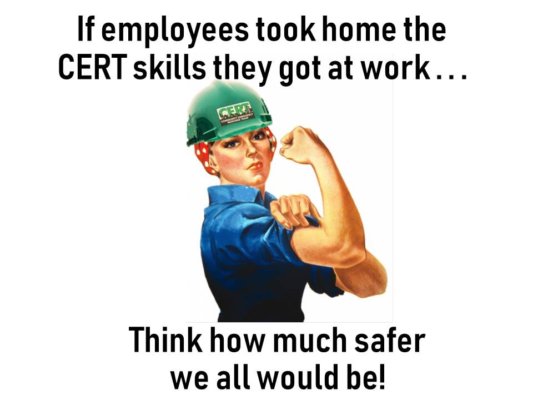

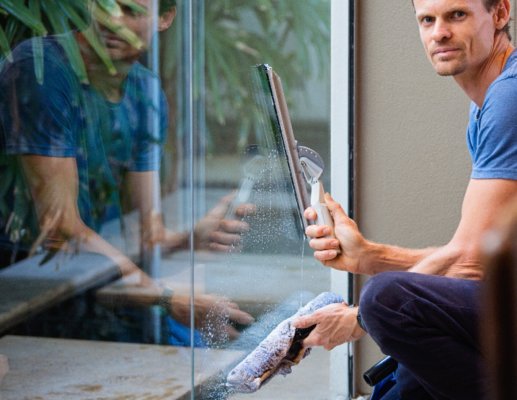


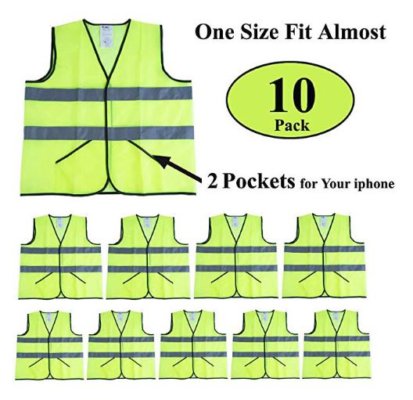














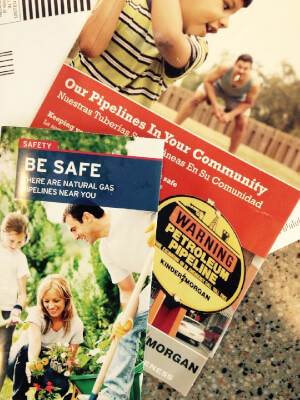
 Keep your eye open for pipeline signs. They are not required, nor are they necessarily placed in the same way every time. What they seem to have in common is the gold color.
Keep your eye open for pipeline signs. They are not required, nor are they necessarily placed in the same way every time. What they seem to have in common is the gold color. The point of all this is that with some digging (bad joke!) you can discover a lot about where pipelines are in your community and who is responsible for them.
The point of all this is that with some digging (bad joke!) you can discover a lot about where pipelines are in your community and who is responsible for them.